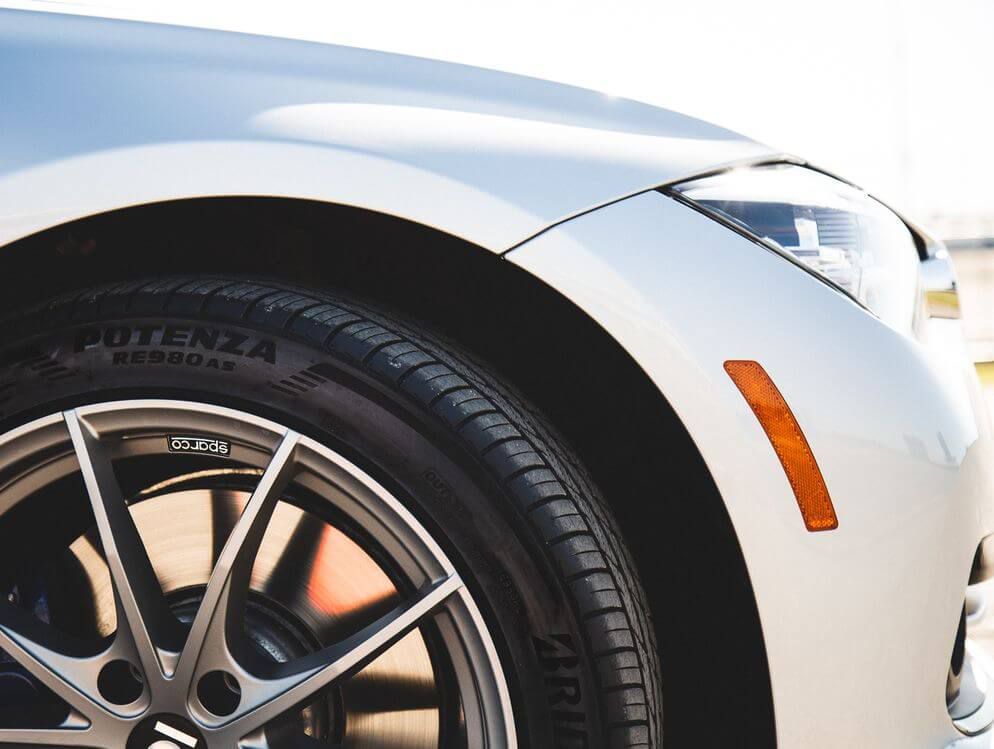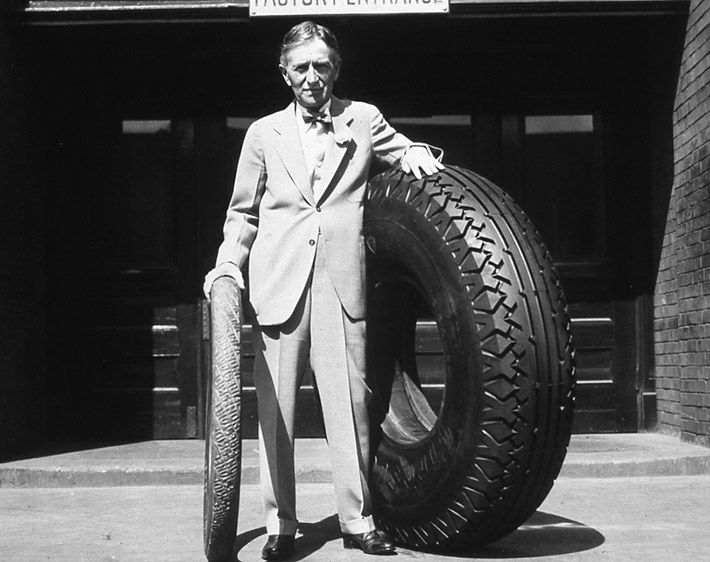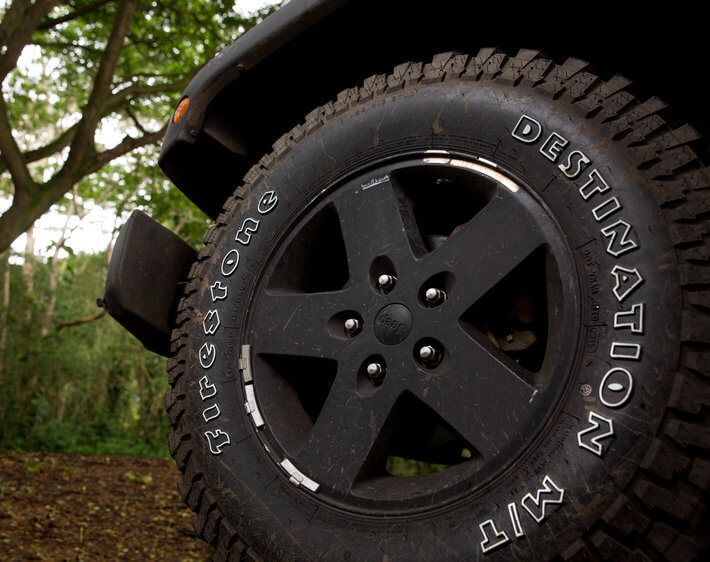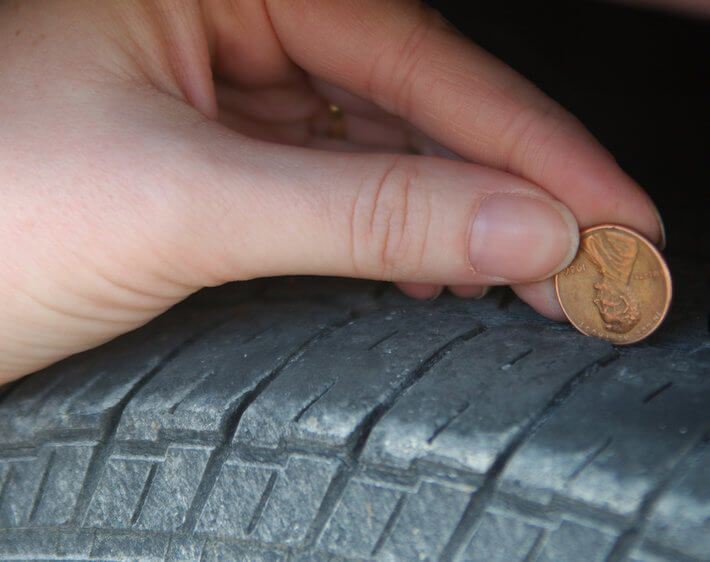Performance tires are designed to give owners of sports cars and other vehicles increased handling response and traction, particularly in wet and dry conditions. They are key to delivering the exhilarating driving experience sporting drivers are looking for. Performance tires feature unique tread patterns, construction features, and rubber compounds to provide enhanced precision, responsiveness, and traction.
More and more American drivers are seeking the benefits of performance tires. The U.S. Tire Manufacturers Association reported that in 2017, the popularity of performance tires had risen for the eighth consecutive year.
Are performance tires right for me?
If you’re not sure if performance tires are the right fit for you, consider your priorities behind the wheel. Different drivers expect different things from their vehicle, and the tires you choose can make all the difference. Performance tires may be the right choice for:
- Drivers looking first and foremost for precise handling with improved grip and responsiveness.
- Drivers who don’t mind making small sacrifices in gas mileage, ride comfort, and tire lifespan in order to gain superior control on the road.
- Drivers who don’t want to simply go from Point A to Point B, but desire a heightened driving experience.
Before You Speed Away on Performance Tires
Like the top speed on your speedometer, tire speed ratings are almost always above legal speed limits but are not a permission slip to drive fast. Certainly, we do not recommend driving in an unsafe manner or faster than the law allows, no matter what you drive.
So what are tire speed ratings, and what are they used for?
Letter symbols are used to designate the speed rating of the tire, which is determined by standardized laboratory tests. Speed ratings were initially used for sports cars decades ago, particularly those from Europe where some roads did not have speed limits. Vehicle manufacturers use tire speed ratings to ensure that vehicles and tires are compatible. Generally, the higher the speed rating of a tire, the more performance-oriented it is.
Typical speed ratings found on various levels of performance tires are H, V, W and Y letter symbols. While there is no industry standard, tire buyers will generally find:
- Performance tires may come with a speed rating of H (up to 130 mph); this group may include winter tires for high performance vehicles.
- High performance all-season tires come in speed ratings H (130 mph) and V (up to 149 mph).
- Ultra-high performance tires (summer and all-season versions) come with speed ratings of V (up to 149 mph), Z (more than 149), W (up to 168 mph) and Y (up 186 mph).
To find the recommended tire speed rating for your vehicle, check the owner’s manual. It may also be shown on the tire information placard (label) affixed to the driver’s side door jamb. Tire manufacturers mark the letter speed symbol on the sidewall in the size/service description code. We can help you find the tire speed rating information you need.
Tips for Selecting Performance Tires
When shopping for performance tires:
- Make sure they meet the vehicle manufacturer’s recommendations.
- It is recommended that all four of the tires carry the same speed rating.
- Remember that speed ratings are calculated according to lab tests conducted under tightly controlled conditions. The conditions you encounter on the road will almost always differ from those you’d find in the laboratory.
No matter how sleek and fast your car is, you can't expect it to deliver all of the performance it’s capable of without tires that are up to the task. The tire experts at your neighborhood Firestone Complete Auto Care can help determine which performance tire is right for your vehicle and put you on the road toward an even more enjoyable ride. Ask your tech for financing options that work for you. Or visit CFNA for more information. Schedule your appointment or stop by a location near you today!



